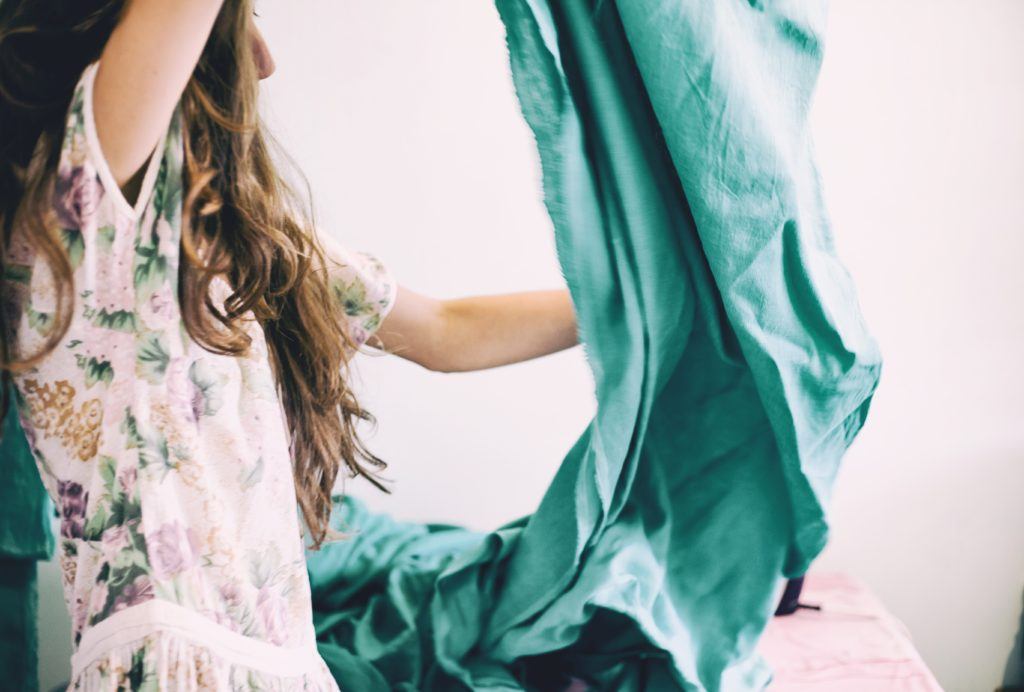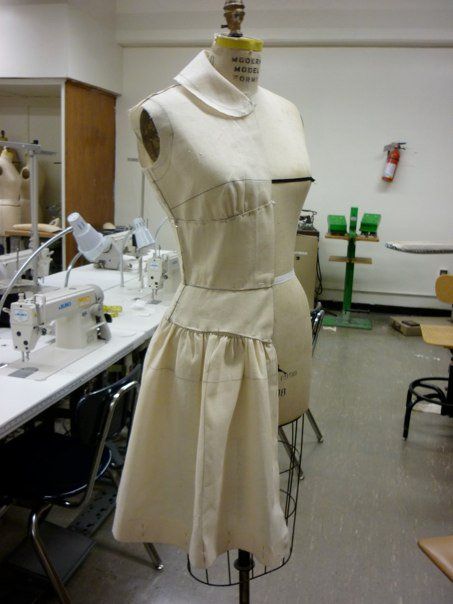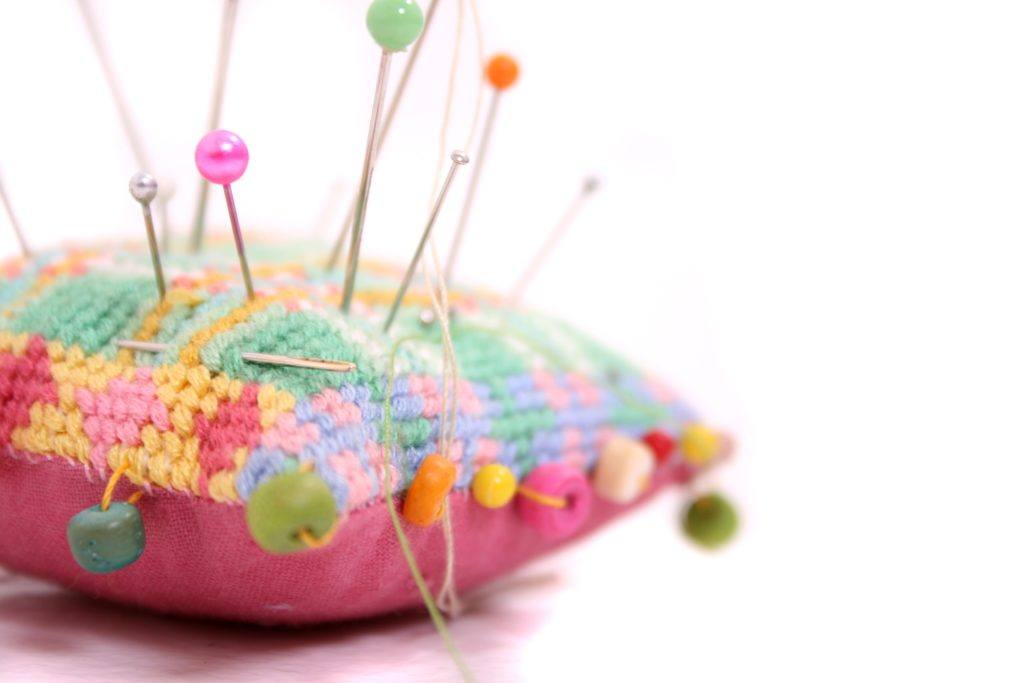Are you an aspiring fashion designer, eager to learn all you can to perfect your craft? Don’t forget to take the important step of learning to drape your fabric!
What is draping, you ask? Fashion draping is how you position and pin fabric on a dress form, allowing you to develop the structure of a garment design.

Here are some tips and steps for how to drape fabric.
What Does Draped Mean?
When you hear the word “drape,” you might think of curtains – which is a good indicator of how draping is performed.
Just like a curtain is draped over a window, the fabric is draped over a dress form, giving you, as a fashion designer, a simple initial mock-up of your dream clothing creations.
When and Why Should You Drape Fabric?
A lot of companies in the fashion industry don’t use draping while designing their products anymore, but it remains a key element of high fashion.
Fashion draping allows you to get started making your own clothes right away, even before you are ready to sew.
While it’s common for designers to create garments based solely on flat pattern-making techniques, draping brings the process into the third dimension, allowing you even more creative freedom while teaching you how to better achieve a great fit.
Also, some fabrics just plain need to be experimented with on a dress form in order to know for sure how they behave – patterns can’t tell you everything!
It’s possible to begin the process with a design sketch and drape according to that image, but you can also start designing right then and there with the dress form, letting the ideas flow.

After draping, you can use what you put together through draping to create a sewing pattern, or, if it is a one-off project, finish it quickly!
Draping is also a great way to create specific styles of clothing, such as a drape shirt or dress, which may require less sewing and strictness in design.
This casual style, which can be long or short, is cut for an oversized, more relaxed fit, perfect for a comfortable night out or at home.
Dress Draping Techniques
The first round of fashion draping is usually done with muslin, an inexpensive, loosely-woven cotton fabric that comes in several different weight varieties.
This allows you to figure out any design or fitting issues that you might have before you start to cut the fabric you actually intend to use.
If you already have a final fabric in mind, do some research before you begin draping to find a specific weight of muslin that will fall and fold just like the fabric that you will use in the finished garment.
If you have a size in mind already, cut and prepare the pieces of muslin, marking important reference lines like grain lines.
Of course, you shouldn’t feel that you have to be stuck to a pre-prepared design if you’re creating something completely new on the spot!
After preparing the muslin, you begin the actual draping process. Pin the fabric to the dress form, which allows you more flexibility than a live human model, and position the fabric to form the tucks and gathers which form the shape and fit of the garment you desire to make.
When everything looks the way you want it to, don’t remove the muslin yet – first mark the muslin, while it’s still on the dress form, so that you can later see where the seam lines and darts will be located on the fabric.
The next step is truing – the process of taking the muslin off of the dress form, laying it out flat on a table, and using rulers and design curves to connect and finalize the markings you made in the previous step.

After truing, you can cut away any excess material that you now know you won’t need.
Pin together the muslin again and place it back on the dress form to check one more time that the fit is correct.
You may have other parts of the garment that you would like to drape; many fashion designers drape their garments in pieces, sticking to individual sections such as the front bodice, the back bodice, the front skirt, and the back skirt.
If the clothing design is symmetrical, as many are, you may only have to drape one side of the garment, saving valuable time!
When you’re happy with the draping you have, transfer the markings on the muslin to paper, creating a sewing pattern to use on the actual fabric for the garment. Because you draped the muslin and are using those measurements, you know for sure that the final fabric will look exactly the way you want it to!
Here’s a video showing an example of how to drape a basic bodice.
Now that you know about fashion draping, you’re ready to take this step towards bringing your fantastic creative clothing designs to life.
Do you have any tips on fashion draping?

Thank you, you are fun, and more informative than the first 4 ‘lessons’ on draping i clicked. My goal is to design a princess sheath with the inside panels horizontally gathered to about midthigh. Designated fabric is not a knit. It’s like Tencel. Can you tell me where to get direction on draping to create such a pattern?